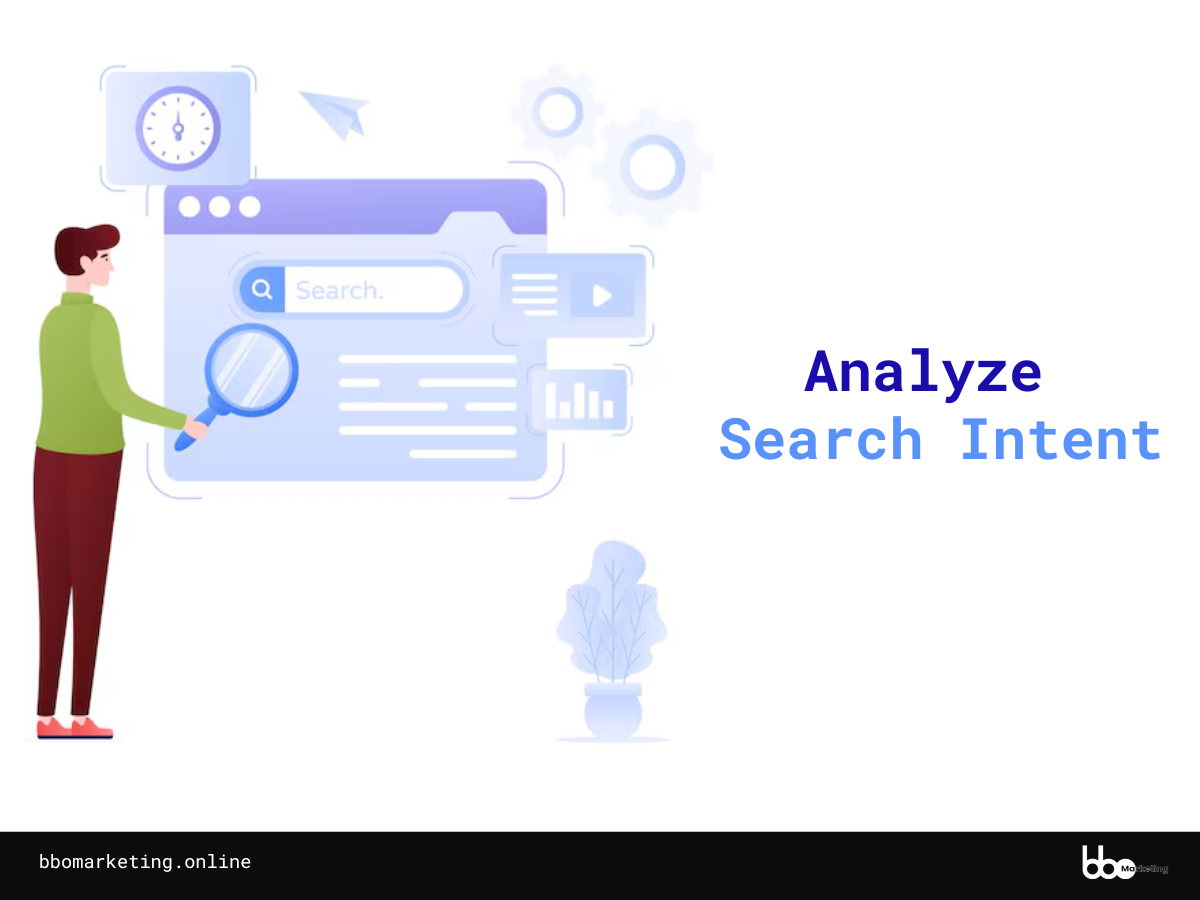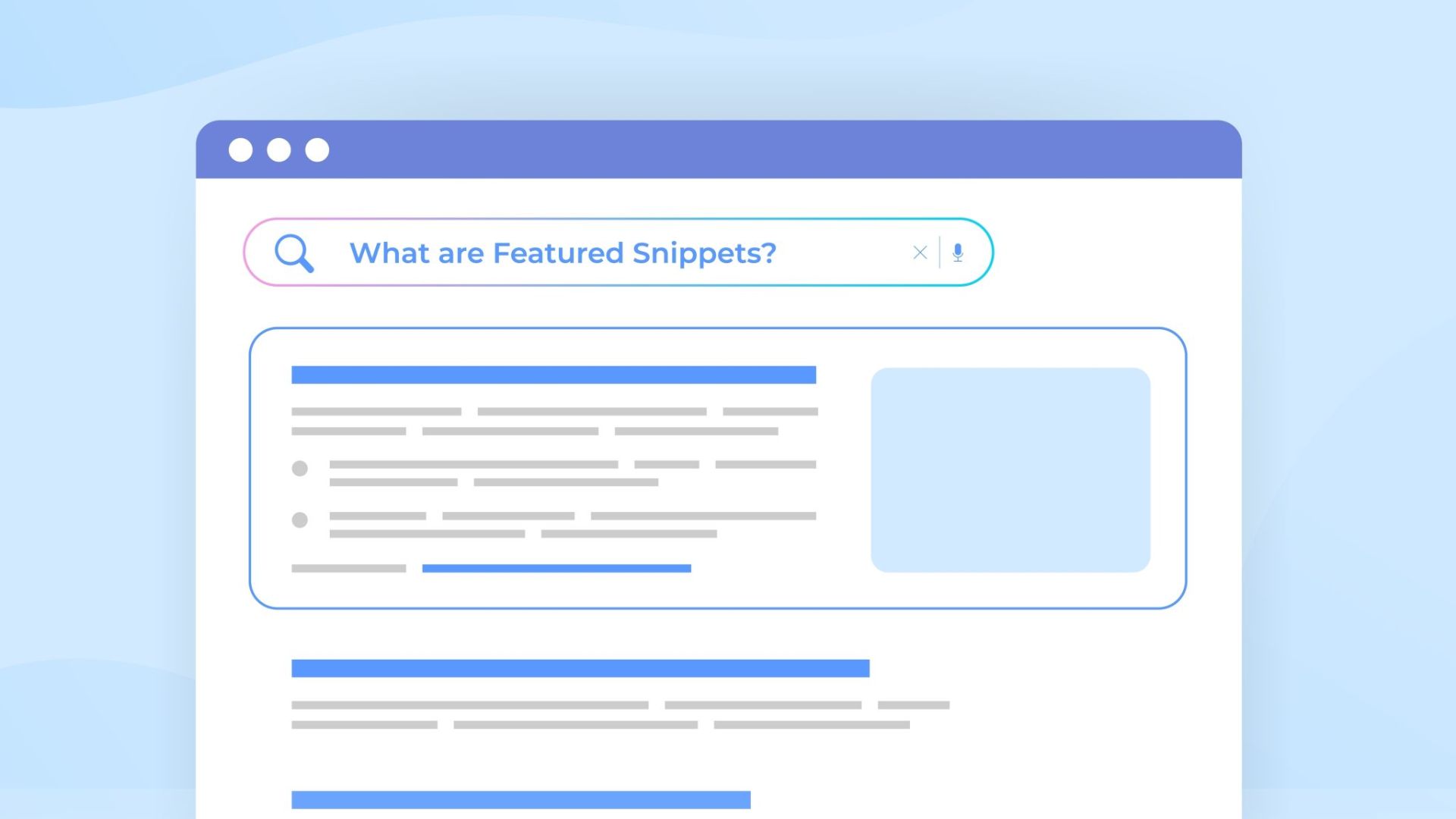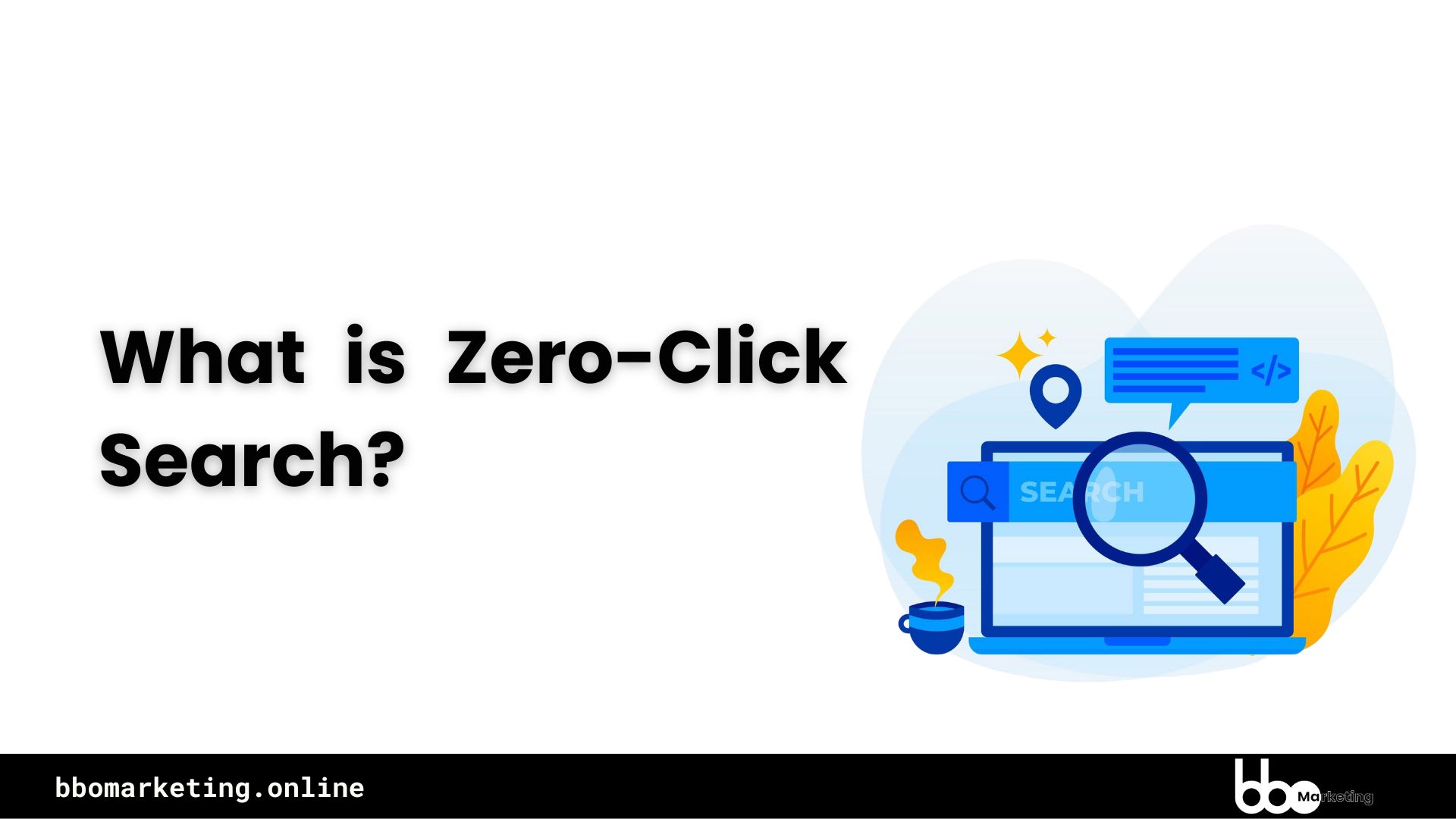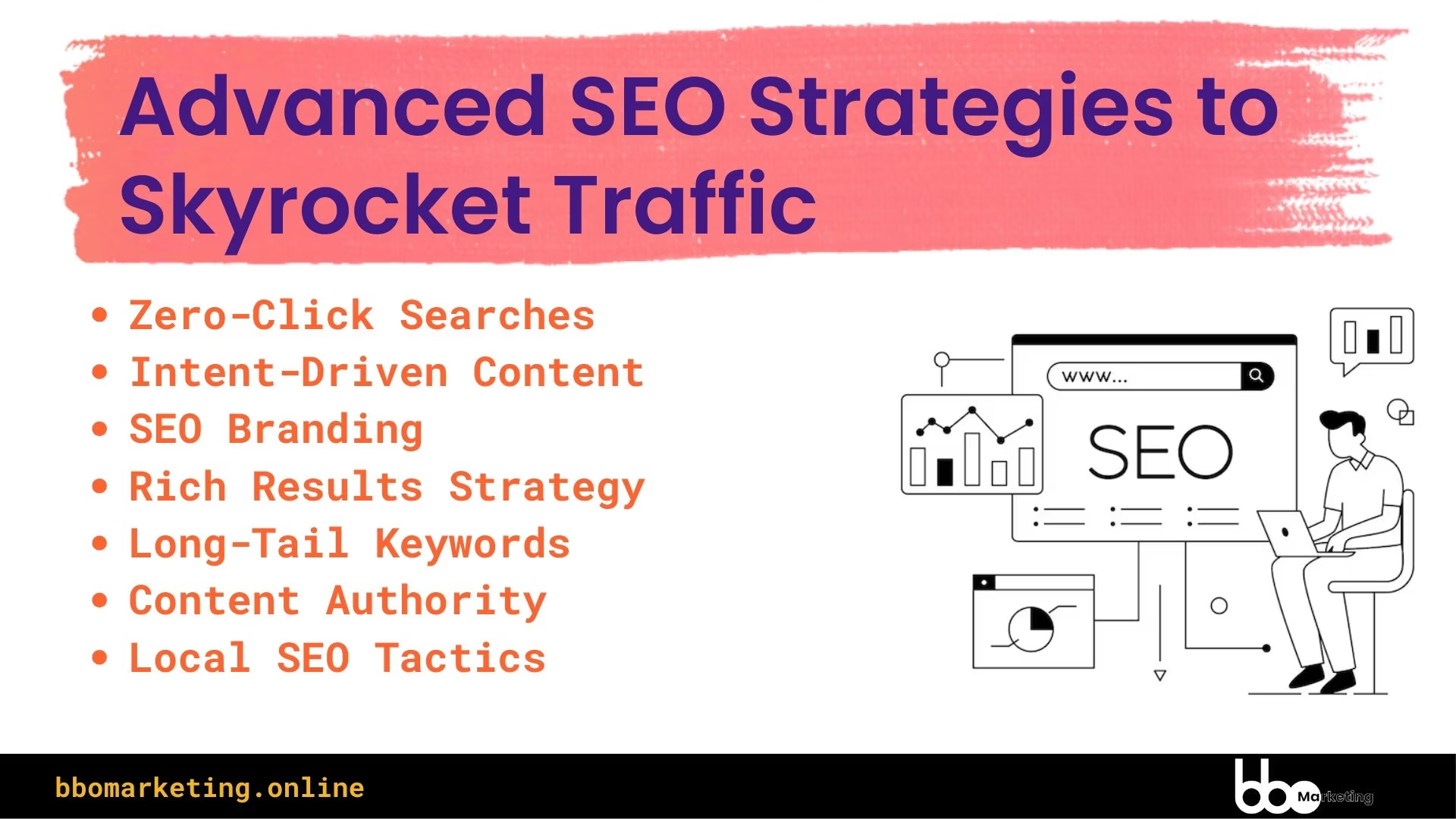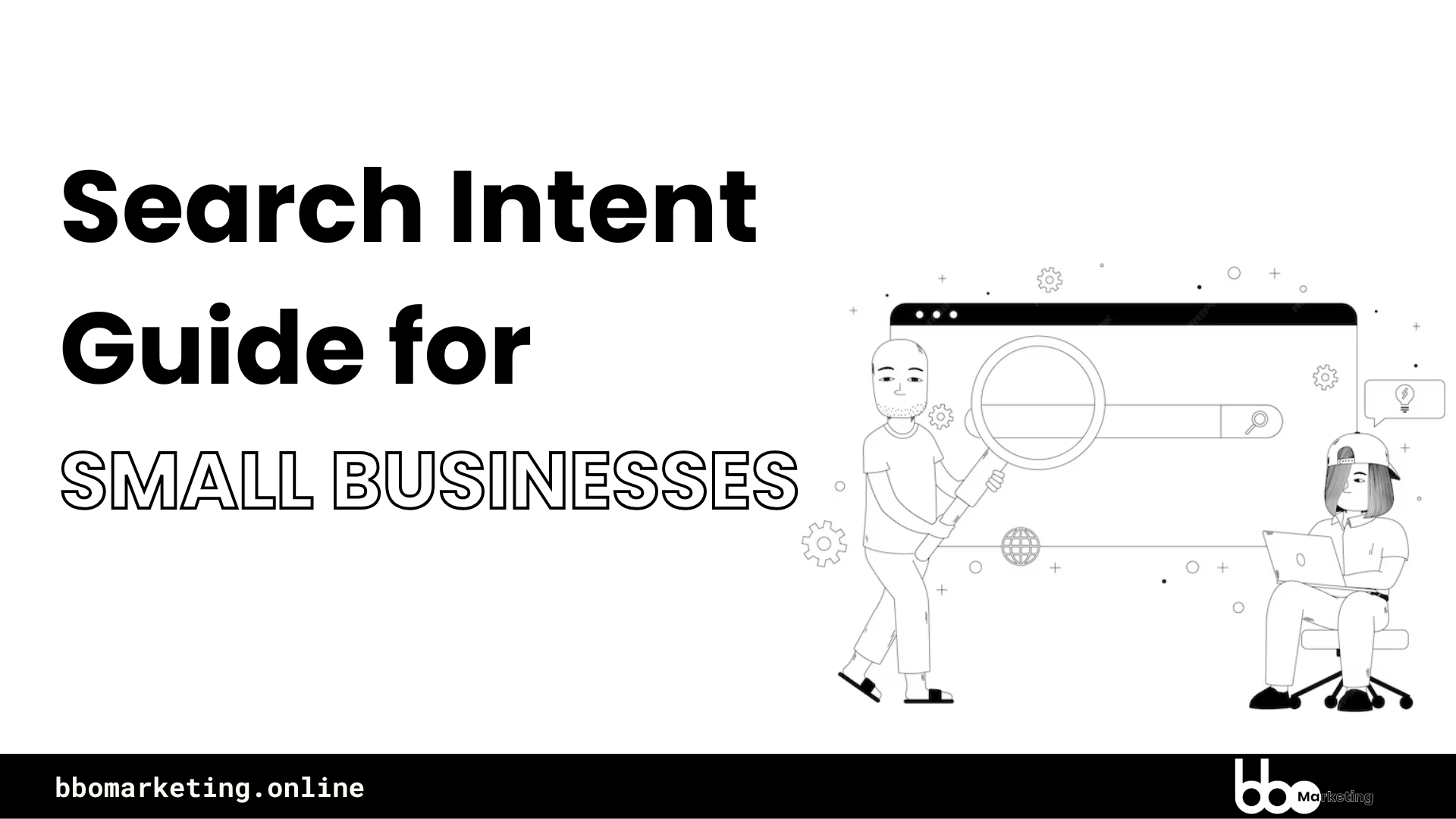
Search Intent Guide for Small Businesses in 2025
In every SEO strategy, there’s one concept we constantly bring up: keywords. But have you considered the search intent behind those keywords? If you want to give a boost to your articles or web pages for your small business website, it might be time to address this question. In this Search Intent Guide, we’ll tell you all about user search intent and why it’s so important to consider it in your SEO and content strategy.
Contents
What is Search Intent in SEO?
User search intent refers to what the user aims to find when conducting an internet search. Search engines take this concept seriously when providing responses to users; otherwise, the results wouldn’t be optimal. Over time, search engines like Google have evolved to understand user search intent better, going beyond just keywords, links, and anchor texts.
From Keyword Searches to Understanding User Intent
In the past, keyword analysis, title tags, and backlinks were enough for ranking well. However, Google realized that the algorithm needed to change and become more complex to understand user behavior and context. This shift included considering user search intent, leading to more human-like results that reflect the user’s needs and queries. Keywords and links remain important, but now, content quality and information value play a bigger role.
3 Types of Search Intent
- Informational Search Intent:
When a person has an informational search intent, they seek to better understand a specific topic. It can range from a simple question to more complex queries. Google may display featured snippets for simple questions or detailed answers for more complex ones. - Navigational Search Intent:
This occurs when a user is trying to find a specific website or company, such as searching for “YouTube” or the name of a brand. Google displays the official website to help users quickly navigate there. - Transactional Search Intent:
Users with transactional search intent are ready to make a purchase or take a specific action. These searches often include terms like “buy,” “price,” or “offer” and indicate that the user is in the final stages of the buying process.
How to Use Search Intent in Your SEO Strategy
- Traditional Keyword Analysis:
While search intent is important, it complements, rather than replaces, keyword analysis. Use SEO tools like SEMrush or Ahrefs to find relevant keywords with low competition. - Check Search Intent on Google:
Analyzing the top Google results for your keyword helps you understand what users find most useful. Take inspiration from the content, structure, and featured Snippets of these results. - Add Value:
Don’t simply copy the content structure of high-ranking websites. Add a unique touch by including extra information, images, or attractive formats to provide additional value. - Analyze Content Type:
Use SEO tools to identify the most popular content format for your keyword. For example, a detailed article may work for one keyword, while an ebook may be better suited for another.
Also See: How to Analyze Search Intent? Techniques and Tools Analyze Search Intent
Wrapping Up
As the digital world continues to evolve, staying static is no longer an option. Brands, marketers, and content creators must continuously adapt to meet user expectations. By harnessing search intent and combining it with solid SEO practices, you can not only drive traffic but also establish trust, authority, and lasting relationships.
People also ask
What is search intent in SEO?
Search intent in SEO refers to the purpose behind a user’s search query. It helps search engines understand what users want, allowing them to provide the most relevant results based on content quality, context, and user behavior.
How to track search intent?
You can track search intent by analyzing search results and observing the content type that ranks highest for a keyword. Tools like SEMrush and Ahrefs can help identify content and patterns that align with user intent.
How to determine search intent?
Search intent can be determined by examining the query’s wording and context. Look for keywords indicating the user’s goal, such as informational, transactional, or navigational, and analyze the content that ranks highly for those keywords.
What are the 3 common types of search intent?
The three common types of search intent are informational (seeking knowledge), navigational (looking for a specific website), and transactional (looking to make a purchase). Understanding these types helps you tailor content to meet user expectations.
Why is search intent important?
Search intent is crucial because it helps search engines serve the most relevant content to users. Understanding intent allows businesses to create content that fulfills user needs, improving rankings and user satisfaction.
What is navigational search intent?
Navigational search intent occurs when a user is looking for a specific website or brand. For example, typing “YouTube” or a brand name indicates they want to access the official site, not search for general information.
How to optimize for search intent?
To optimize for search intent, create content that directly addresses the user’s needs. Understand the intent behind the keywords you’re targeting and ensure your content is informative, easy to navigate, and valuable to users.
How to optimize for user search intent?
Optimize for user search intent by providing the most relevant content for the user’s query. Use accurate keywords, ensure content matches the intent (informational, transactional, etc.), and include structured data to improve search engine understanding.
How Google looks at searcher intent?
Google analyzes searcher intent by evaluating the query context, user behavior, and the content of top-ranking pages. The search engine determines what users likely want and ranks pages that best satisfy their needs, considering various content signals.
Why you shouldn’t ignore search intent optimization?
Ignoring search intent optimization can lead to irrelevant content and poor rankings. Without matching user intent, your content may not meet user expectations, reducing traffic and engagement. Optimizing for intent ensures that your content is both useful and discoverable.

